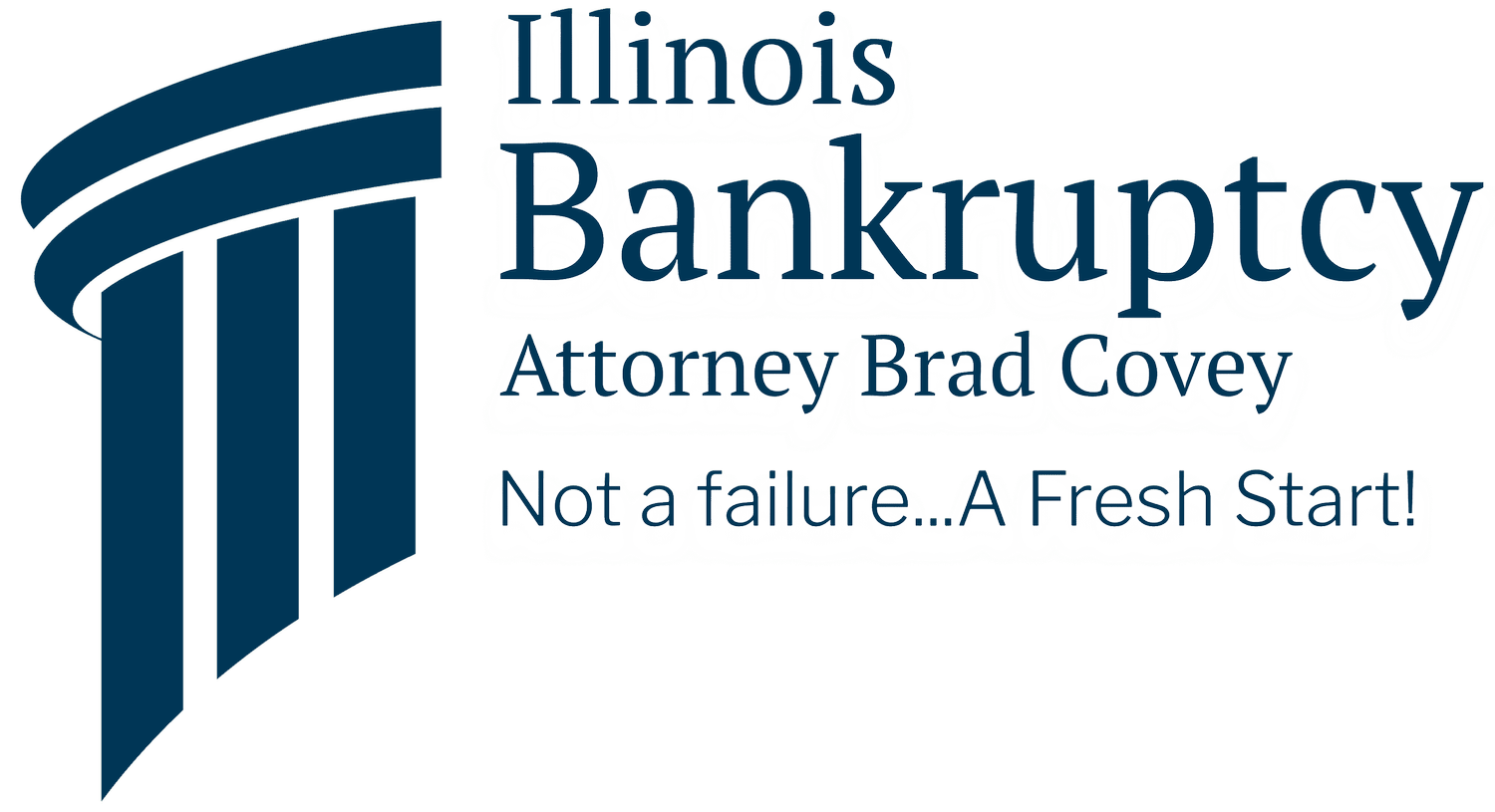How to file Chapter 13 Bankruptcy in Illinois
Chapter 13 Bankruptcy in Illinois
If you're struggling with a lot of debt and are receiving an income, Chapter 13 bankruptcy may be a good option for you. This type of bankruptcy involves creating a repayment plan to pay off your debt over 3-5 years, unlike Chapter 7 bankruptcy which involves discharging unsecured debts. The amount you'll need to pay back will depend on the "Chapter 13 Means Test." Chapter 13 bankruptcy allows you to keep most of your property while getting relief from your debt.
Reasons to Consider Chapter 13 Bankruptcy in Illinois
There are several reasons why you might consider filing for Chapter 13 bankruptcy in Illinois. For example, it can help you stop foreclosure and catch up on missed payments over 5 years. It can also protect your assets, as you can keep assets that you would otherwise lose in Chapter 7 bankruptcy. Additionally, Chapter 13 allows you to modify the repayment time, interest, and amount for things like car loans, and in some cases, you can even get rid of your second mortgage. It can also help you restructure child support and divorce debts, allowing you to repay child support over 5 years and pay a percentage of other divorce obligations like property division and assumed debts.
Filing for Chapter 13 Bankruptcy in Illinois
To file for Chapter 13 bankruptcy in Illinois, you'll need to have a regular source of income and some disposable income to put toward your repayment plan. This type of bankruptcy is often used by people who are behind on their mortgage payments and want to keep their home, or by those who want to keep secured assets like a home or car when they have more equity in those assets than they can protect through Illinois bankruptcy exemptions. Chapter 13 bankruptcy is a reorganization, while Chapter 7 bankruptcy is a liquidation.
Tips for a Successful Chapter 13 Bankruptcy in Illinois
To have a successful Chapter 13 bankruptcy in Illinois, here are five tips to keep in mind:
Your plan payment to the trustee will start 30 days after your case is filed, so be prepared for that.
Make sure to keep up with mortgage payments, as your mortgage company may not send you a payment book or coupon. It's your responsibility to make these payments, even if you don't have a coupon.
Keep copies of all payments you make, including to the trustee and mortgage companies. This can help you prove that you made the payments if there's ever a dispute.
Put your name and bankruptcy case number on all payments you make.
Monitor your case by going to www.Lisle13.com and obtaining a password. This will allow you to see who is being paid, how much, and when, which can be more helpful than the periodic report you'll receive from the bankruptcy court.
